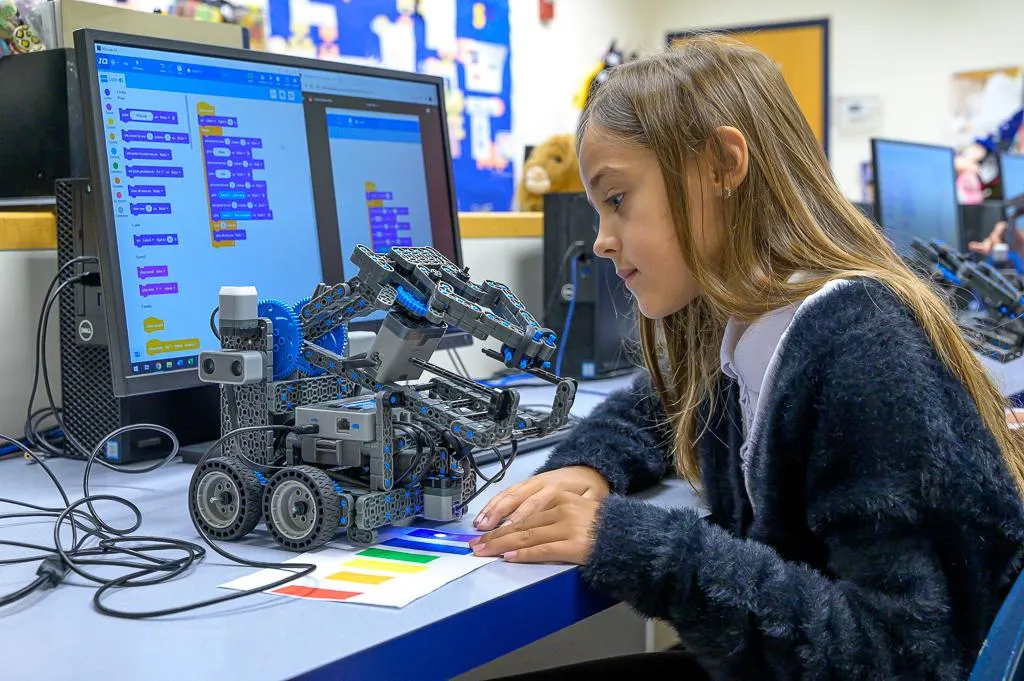
Finding The Right Balance Of Technology
Technology surrounds us every day, aiding our journey to the stars and propelling our world forward in incredible ways. However, with power and accessibility comes a challenge—managing its influence.
The Struggle with Technology Addiction
It's undeniable. Technology addiction is real and prevalent among the younger generation. Schools are doing their part, but if the environment at home contradicts these efforts, we risk setting our children up for failure. The sight of college students engrossed in video games during lectures is becoming all too familiar.
A Parent’s Concern
In today’s rapidly evolving digital world, the role of a guardian has become more complex and challenging. The issue isn’t just about the control that technology wields over our children, but also about the undercurrent of anxiety it instills in parents. Each app downloaded, every website visited, and all the hours spent scrolling through social media are aspects of a landscape that parents are navigating with increasing unease.
But is shielding our children from technology the answer? Certainly not. We recognize the plethora of opportunities that technology presents—from educational resources to platforms for social interaction and creative expression. Eliminating technology usage is neither viable nor beneficial. In a world where digital literacy is as crucial as reading and writing, we cannot afford to have our children lag behind.
Finding the Balance
Our focus should pivot toward instilling a balanced and responsible approach to technology. It’s about educating them on the potential risks, ethical use, and the importance of digital well-being. How do we ensure that our children are consumers of technology and not the other way around? How do we foster an environment where technology amplifies their potential rather than inhibiting it?
Education plays a critical role. Conversations about online safety, privacy, and the psychological impacts of screen time should be as commonplace as discussions about grades and school activities. Awareness campaigns and educational programs need to be integrated into school curriculums, ensuring that children are equipped with the knowledge to navigate the digital world safely and ethically.

How To Start The Conversation
In the intricate dance of parenthood, communication stands as a pillar, grounding the complex relationship between parents and children. But in a world amplified by digital interactions, this fundamental element faces both challenges and opportunities.
A Two-Way Street
Communication isn’t merely about imparting wisdom or setting guidelines; it’s a two-way street. While parents offer experience and guidance, children bring fresh perspectives and insights. Listening becomes as integral as speaking. It’s in this exchange that understanding blooms, bridging generational gaps and fostering a connection that transcends the digital noise.
Creating a safe space for open dialogue is essential. It’s about fostering an environment where children feel at ease sharing their online experiences, questions, and even missteps. Parents should be allies, not just overseers—ready to listen, understand, and guide without immediate judgment.
Navigating the Digital Landscape
In the ubiquitous world of social media, the dialogue extends beyond the immediate family circle. Every tweet, post, or comment is a thread weaving into the expansive digital tapestry. Children, with their innate digital fluency, navigate this landscape with ease but often overlook the ripple effects of their online expressions.
Educating children about the permanence of their digital footprint is paramount. Each online interaction, no matter how casual, is etched into the vastness of the internet. It’s a world where deletion is a misnomer, and privacy is a nuanced concept. Children must be made aware that their audience isn’t just their friends or followers but a global populace.
Incorporating digital literacy into everyday conversations prepares children for the virtual world’s complexities. It’s about dissecting online interactions, understanding the implications of privacy settings, and discerning the fine line between self-expression and oversharing.

Setting Parameters
In the digital realm, where boundaries are often blurred and unlimited access is a click away, establishing clear guidelines becomes a linchpin for healthy technology use. The process of setting parameters is not rooted in restriction but anchored in instilling a sense of responsibility and self-regulation in children.
Setting parameters isn’t a unilateral decision. Engaging children in conversations, understanding their needs and interests, and incorporating their feedback fosters a sense of ownership. When children feel involved, they are more likely to adhere to the established guidelines.
In setting parameters, the overarching goal is to empower children to view and use technology as a tool for learning, communication, and entertainment within healthy limits. It’s about fostering a mindset where technology enhances their lives, rather than controlling it.
Consequences for crossing boundaries should be clear, consistent, and commensurate with the nature of the infraction. This isn’t about punishment but an opportunity for learning and reflection. It’s essential to communicate why certain actions have consequences, fostering an understanding of ethical and safe behavior.
Embrace Flexibility
Children’s maturity levels evolve rapidly. Thus, the approach to managing their technology usage should be adaptable. The restrictions apt for an eight-year-old may not suit a ten-year-old. Tailor your expectations and rules to align with your child’s growth and decision-making abilities.
Each child is unique, necessitating tailored approaches to manage their interaction with technology. The parameters set should consider the child’s age, maturity, and individual needs. For a teenager, the focus might be on online safety and privacy, while for younger children, limiting screen time could be paramount.
As children grow and evolve, so should the parameters. This adaptability ensures that the guidelines remain relevant and effective, balancing freedom with responsibility. It’s not about imposing restrictions but about guiding children to make informed, conscious choices.
Every Family is Unique
The approach to guide children in technology usage varies from one household to another. The cornerstone of navigating this complex issue lies in education, openness to children’s input, and an awareness of their developmental stages. Every step taken today will profoundly influence how our children will interact with technology in the future.